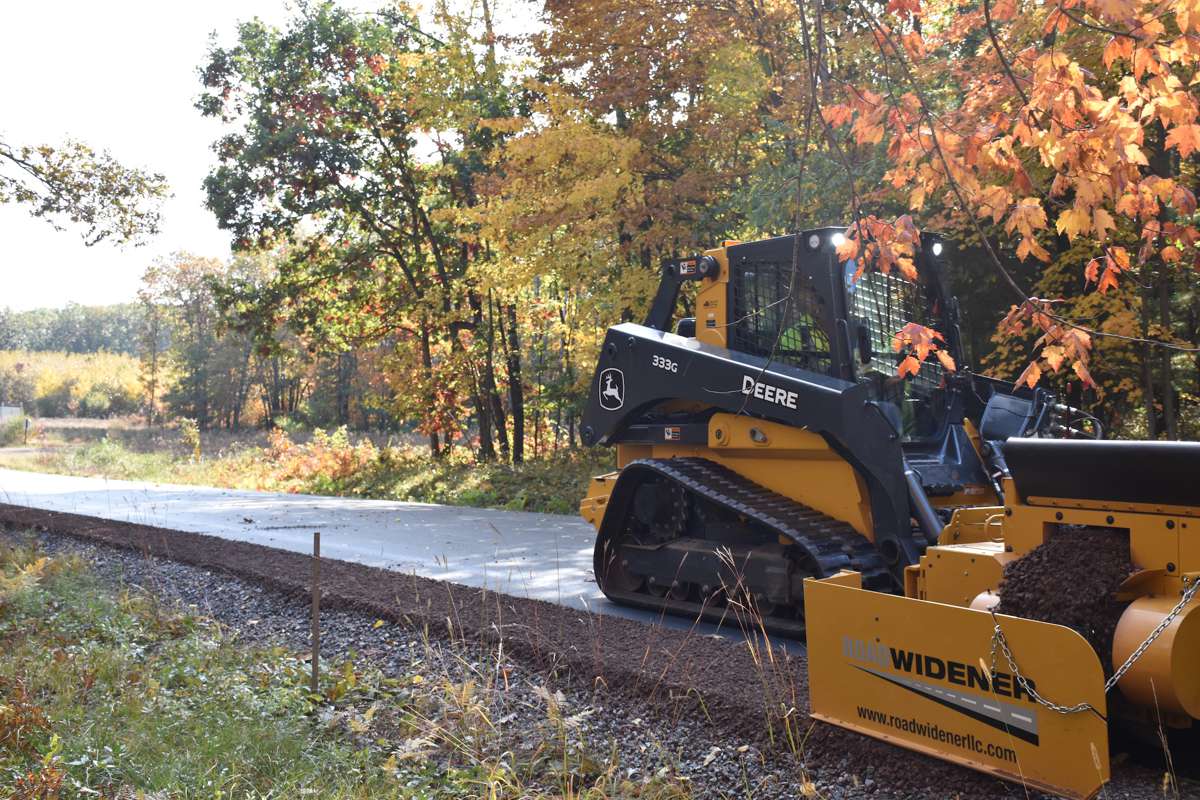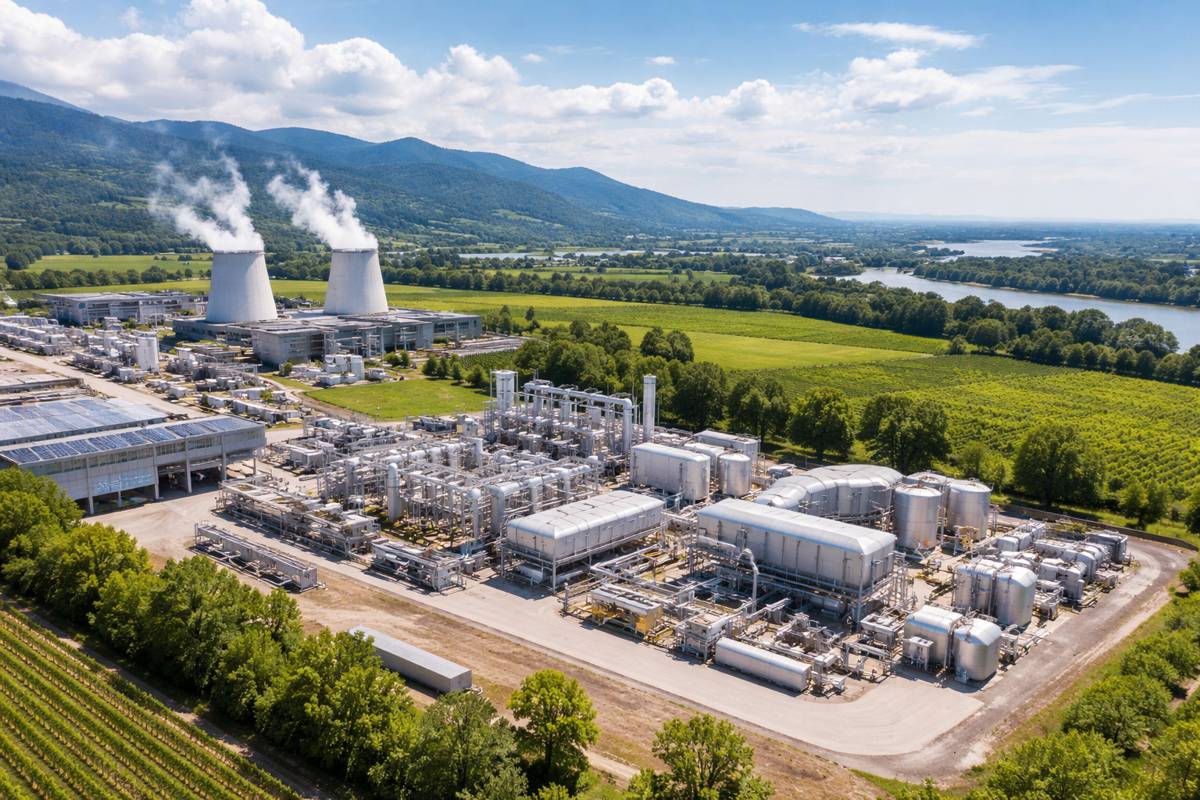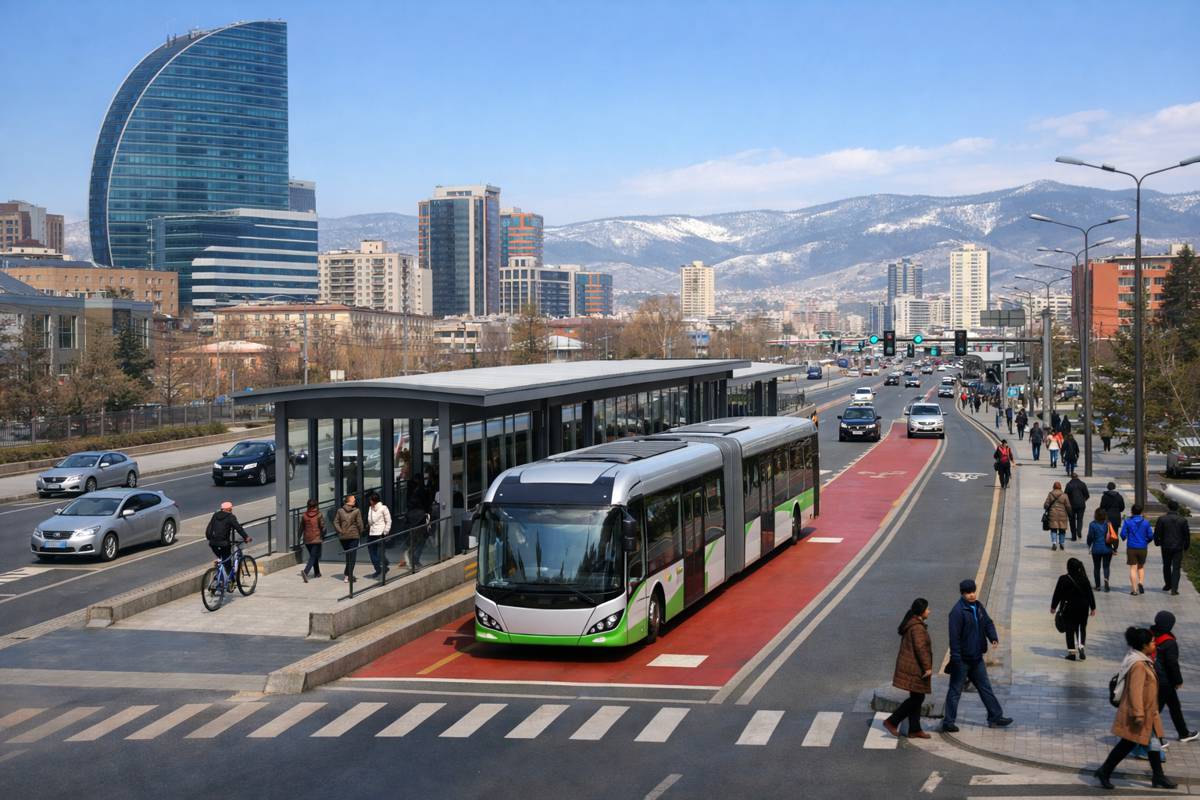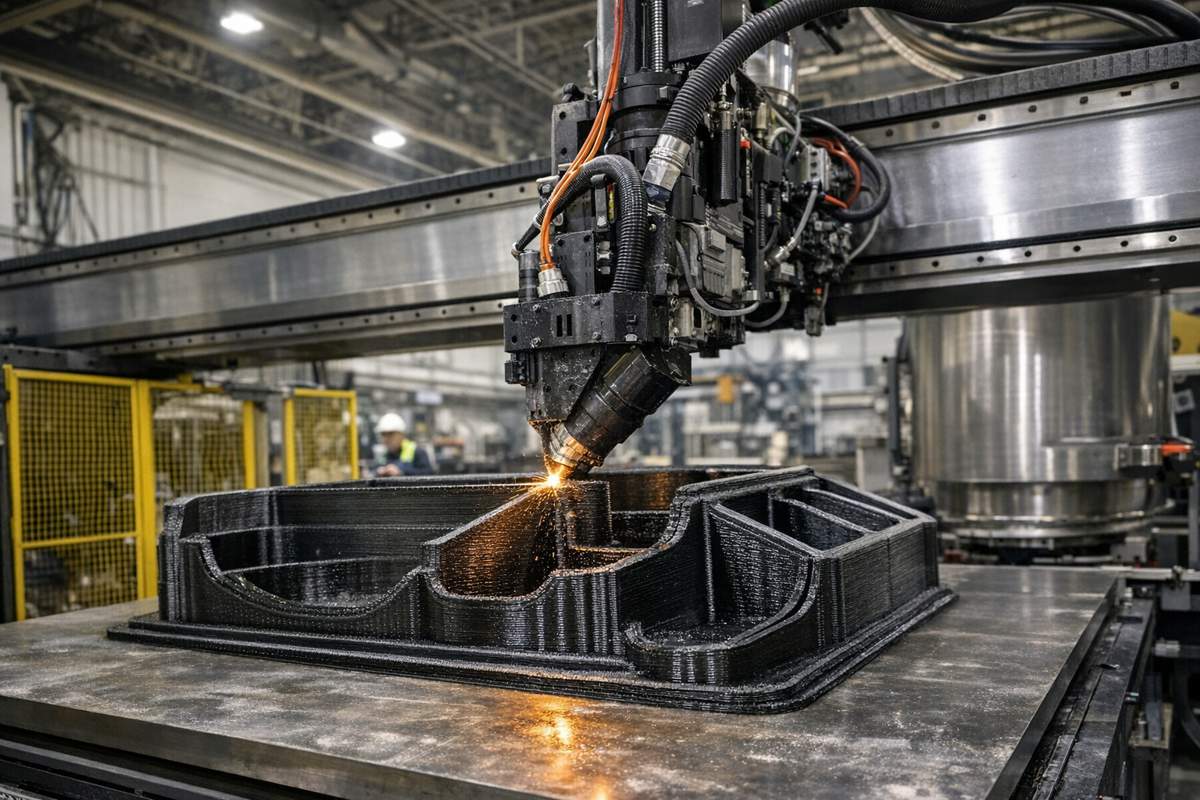Tackling Infrastructure and Roadbuilding Challenges with Innovative Equipment
Roads are arguably humanity’s most essential infrastructure. From bustling city highways to quiet rural lanes, they connect people, businesses, and economies. Yet, the world is grappling with an infrastructure crisis.
The relentless wear and tear from billions of vehicles has outpaced repair efforts, leaving road crews struggling to maintain, let alone improve, the network of asphalt arteries that keep society moving.
Faced with shrinking budgets and increasing demand, the road construction industry is turning to innovative solutions to bridge the gap. Equipment attachments, a game-changing approach, are reshaping how roadbuilding and maintenance are handled. These tools maximise existing resources, cut costs, and enhance safety while boosting efficiency.
Let’s dig into how this is revolutionising the industry.
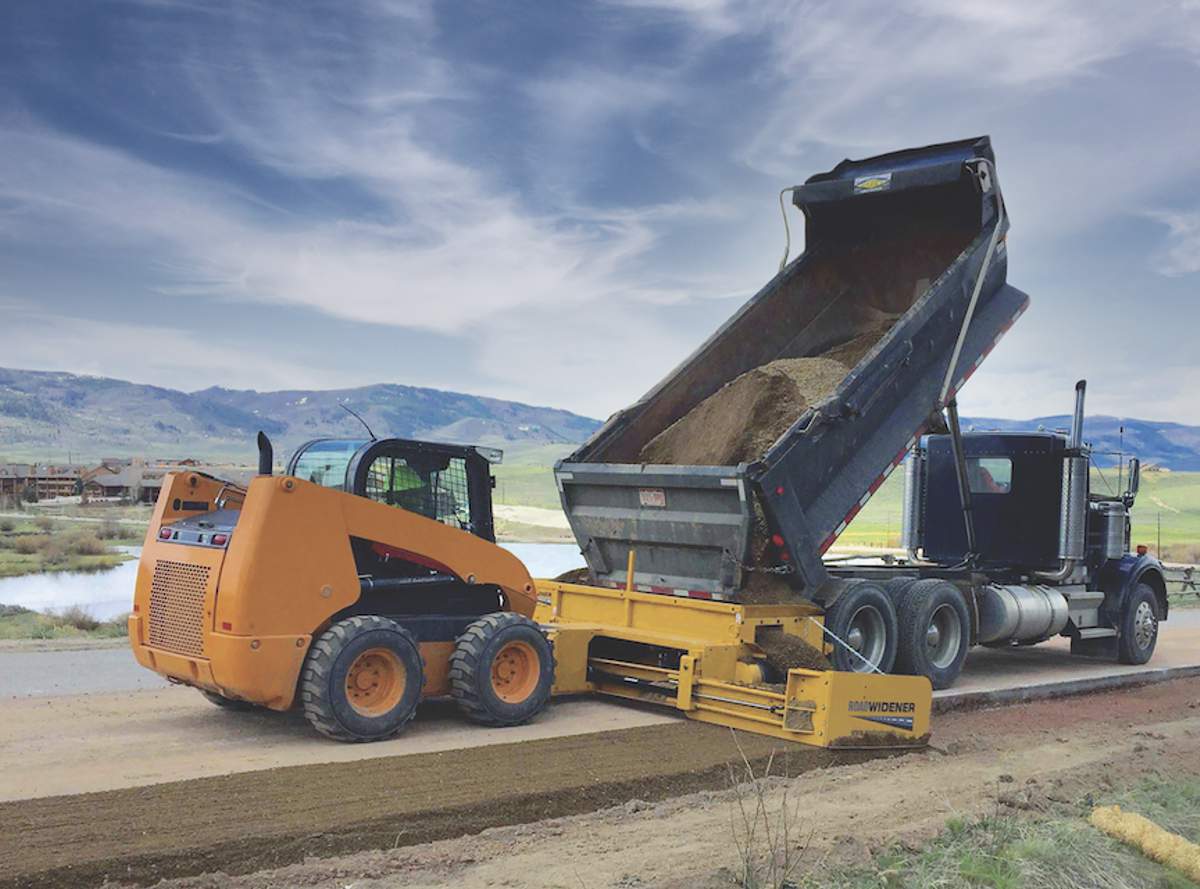
Streamlining Road Construction Processes
Traditionally, road construction tasks such as backfilling and aggregate placement required multiple steps and extensive manpower. Materials were dumped, spread, compacted, and then cleaned up—a process that demanded time, coordination, and costly machinery. However, material placement attachments are rewriting the rulebook.
With these attachments, contractors can transform their existing machinery into multi-functional powerhouses. A skid steer or loader outfitted with a material placement attachment can load, transport, and precisely distribute aggregates in a single, seamless operation. For example, advanced models can dispense up to 20 tonnes of material in under 10 minutes, with operators controlling adjustments remotely from the cab. Dual or single-sided dispensing options make these tools adaptable to various project needs.
By eliminating steps, reducing labour requirements, and cutting out the need for additional self-propelled machines, these attachments not only save time but also significantly lower costs. In the long run, contractors can stretch their budgets further, taking on more projects with fewer resources.
Cutting Costs with Smarter Maintenance
One of the biggest expenses in road construction stems from machinery maintenance. Engines, transmissions, and associated components often require costly repairs and downtime, slowing project timelines. Attachments, however, offer a low-maintenance alternative.
Since material placement attachments rely on the host machine’s engine and hydraulics, they sidestep the high-maintenance parts of traditional self-propelled machinery. Crews can switch attachments between machines with minimal effort, ensuring continuity even if a host machine requires servicing. Moreover, these attachments reduce maintenance needs by up to 90%, with simple grease fittings being their primary upkeep requirement.
When selecting an attachment, contractors should prioritise features such as universal mounting plates and straightforward hydraulic connections. Compact designs not only minimise clutter on-site but also allow for easier transportation—attachments can often travel alongside their host machines on the same trailer.
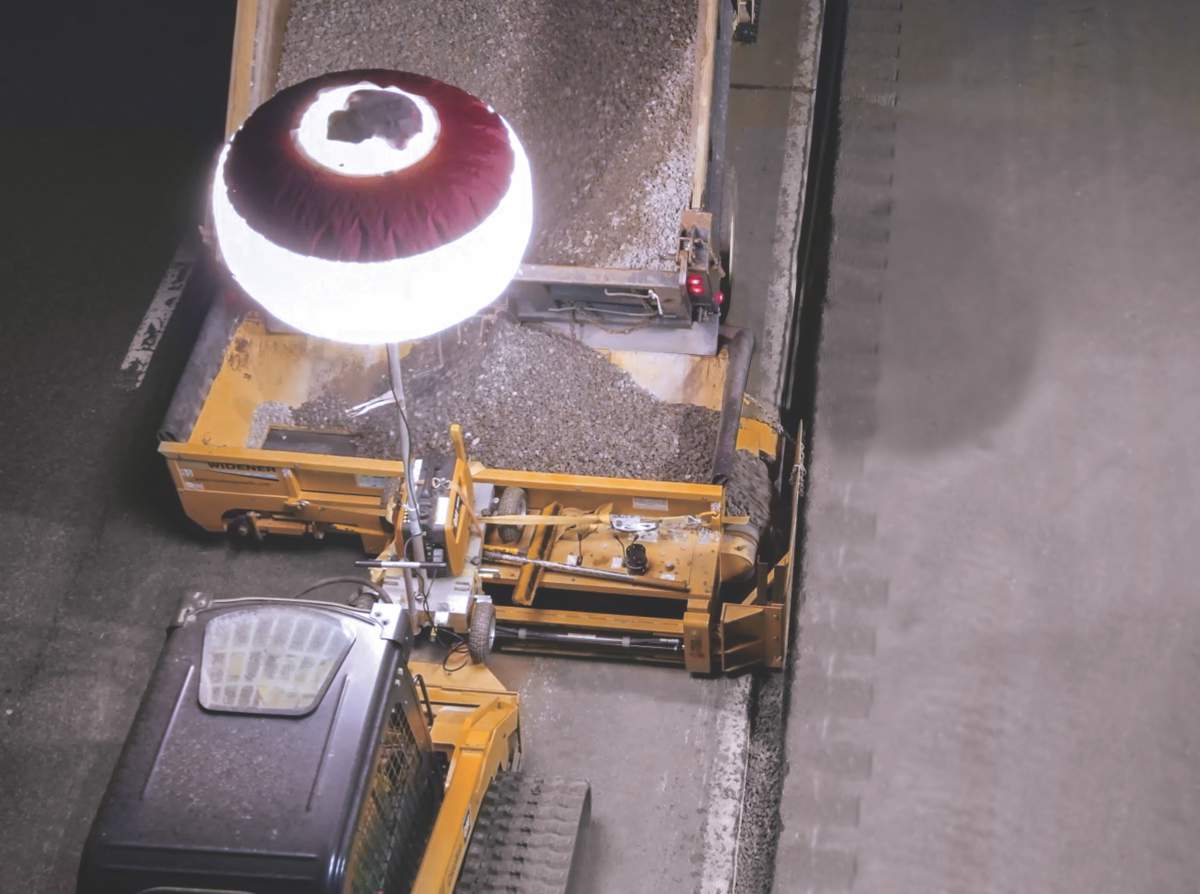
Immediate and Long-Term Savings
Beyond maintenance, the upfront cost of equipment plays a pivotal role in construction budgeting. Self-propelled machines, equipped with complex components like engines and transmissions, command premium prices. In contrast, material placement attachments are a fraction of the cost, often slashing expenses by up to 80%.
Contractors already owning skid steers, loaders, or similar machines find these attachments particularly cost-effective. These versatile host machines, likely already part of most fleets, provide excellent value by serving multiple purposes. With lower acquisition costs and greater flexibility, contractors can redirect their budgets toward other critical needs, such as hiring skilled labour or investing in advanced technology.
Smarter Labour Deployment
While technology often raises concerns about job cuts, road construction attachments empower crews rather than replace them. By automating repetitive tasks and reducing manual steps, these tools free up workers to focus on higher-value activities. Contractors report up to 50% savings in labour costs, enabling teams to double their output without increasing headcount.
Safety, too, sees significant improvements. Roadside work is inherently hazardous, with crews exposed to passing traffic and other risks. Attachments that streamline processes and incorporate remote controls allow operators to stay safely in the cab, reducing the number of people needed at the roadside.
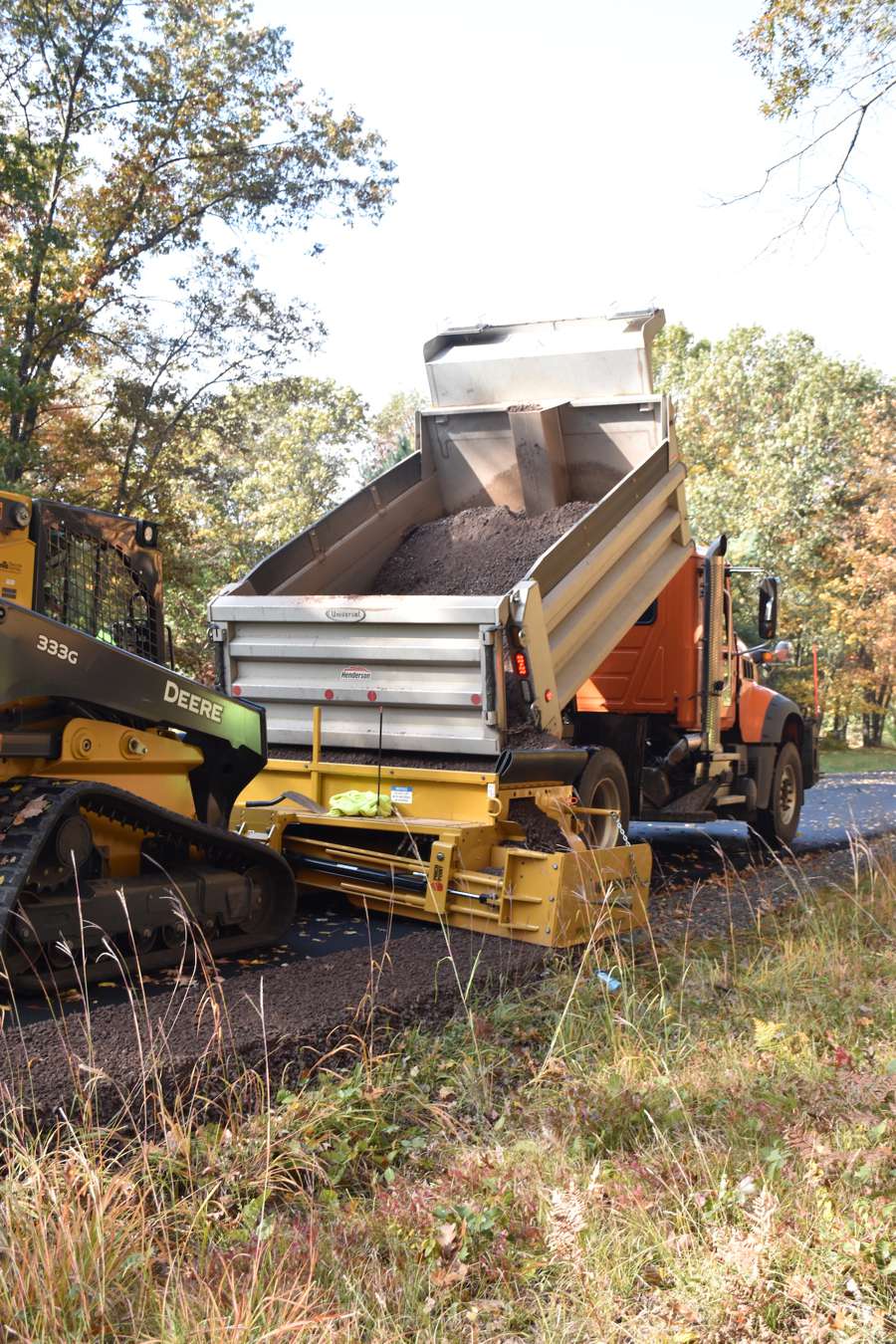
Sustainability and the Road Ahead
The infrastructure crisis demands not only immediate fixes but also sustainable, long-term solutions. Material placement attachments contribute to this vision by reducing resource consumption, lowering emissions through fewer machine operations, and minimising waste. Their efficiency-driven design supports greener practices while addressing pressing infrastructure challenges.
Manufacturers like Road Widener LLC exemplify this innovative spirit. Drawing on decades of industry experience, the company designs cutting-edge shoulder maintenance equipment that prioritises productivity and safety. By enabling contractors to do more with less, such innovations are setting the stage for a more sustainable future in road construction.
A Brighter Horizon for Roadbuilding
The global road network is under unprecedented strain, but advancements in equipment technology offer a way forward. Material placement attachments are not just filling potholes; they’re paving the path to a smarter, safer, and more efficient industry. By embracing these innovations, contractors can tackle today’s challenges while building a stronger foundation for the future.
